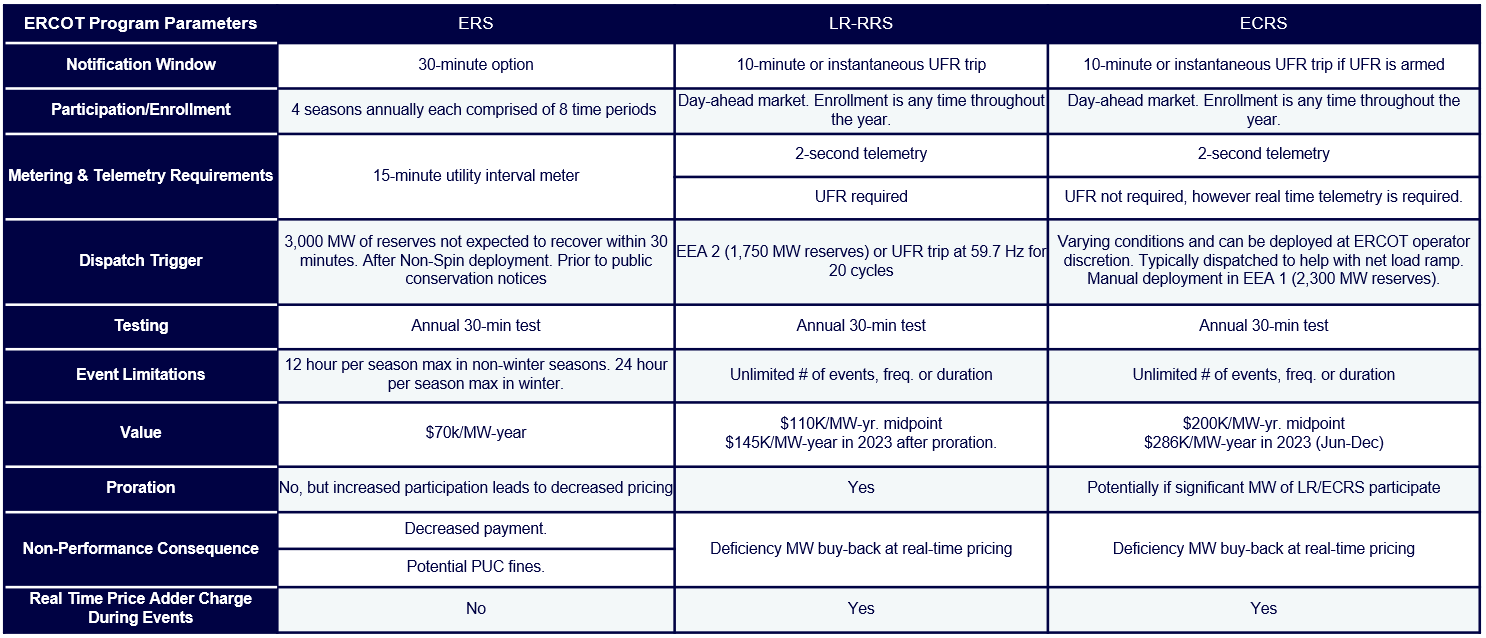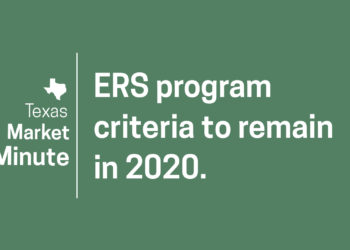
Texas
The Lone Star State bustles with economic growth and opportunity. Demand for electricity in Texas continues to grow as well. CPower can help your organization keep the grid in balance while you earn with demand response and save with peak demand management.

Start the Conversation with CPower
Fill out the form below or Call CPower 844-276-9371
About the Texas Market
The Electric Reliability Council of Texas operates a competitive wholesale bulk-power market. Unlike forward capacity markets like the ones in New England or PJM, ERCOT’s is an energy-only market.
Instead of a capacity market, ERCOT maintains a capacity reserve margin, calculated by subtracting the projected peak demand on the grid from the total capacity generation available in Texas.
ERCOT maintains day-ahead, real-time energy market, and ancillary service markets. These markets consist of participating assets on both the generation and demand-side (behind-the-meter).
Demand Response Programs in Texas
To maintain grid reliability and help organizations in Texas offset their energy use and spend, ERCOT offers the following demand-side energy management programs:
ERCOT Demand Response Programs
Emergency Response Service (ERS)
ERCOT’s entry-level demand response program, ERS pays organizations for using less energy when the grid is stressed or when electricity prices are high. ERS 30 pays businesses for being available to curtail their energy loads within 30 minutes.
Load Resource (LR)
LR is one of the more financially rewarding ERCOT programs with the potential for revenue upside depending on market conditions. If more than the procurement limit clears the market, then proration will be triggered. An under-frequency relay (UFR) is required to participate.
ERCOT Contingency Reserve Service (ECRS)
One of the newest and most valuable programs in ERCOT, ECRS is similar to LR with a required response time of 10 minutes. UFR not required, however real time telemetry is required.
ERCOT Demand Management Programs
4CP Management
Every month your business is charged a fee—called a peak charge or 4CP charge—based on how much electricity an organization consumed during the period when electricity demand on the grid was at its highest.4CP management involves curtailing energy consumption during periods of peak system load, lowering 4CP value, which reduces 4CP power charges the following year.
How Flexibility is Rewarded Big in Texas

Texas Program Parameters


















